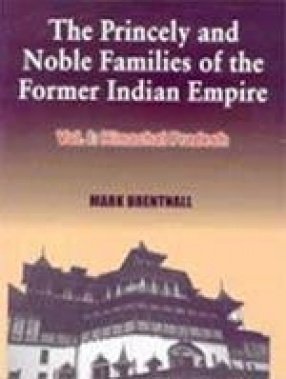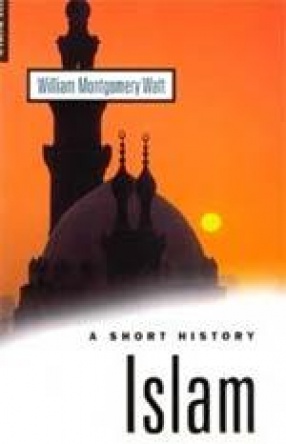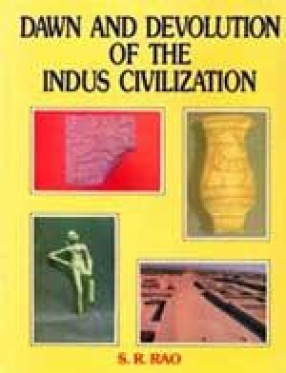Princely India largely governed itself, however each princely state entered into a unique relationship with the paramount power. The principalities were supervised by a range of British officials. At no time were the princes allowed to exercise an independent foreign policy, or prepare for their own defence, and occasionally even the domestic matters would come under the scrutiny of the British. The princely order was stratified; at the top of the ladder were the twenty-one gun salute states. Below them were the nineteen, seventeen, fifteen, thirteen, eleven and nine gun salute states. Even within British administered India there were many princely families, recognised, but without sovereign rights. There was also a group of princely families who held their lands as vassals of larger states, often autonomous. The last comprehensive genealogical works to be written on the Indian princes were compiled during the British Raj; this work is intended to expand upon those achievements and bring them up to date. However, the aim of this work is to produce comprehensive genealogies of the princely families as is practicable, and attach to each a brief history of either the family or state. This volume on Himachal charts the forty-five princely families of the Punjab Hill states, the Shimla Hill states and a number of families whose former states and estates are now included within the territorial limits of the present state of Himachal Pradesh. This work includes six states, to which the British accorded the saluted status: Bilaspur, Bushahr, Chamba, Mandi, Sirmur, and Suket. All the saluted states were granted salutes of eleven guns; their rulers were accorded the style of ‘His Highness’. Bushahr had a salute of nine guns. Of the other families, some twenty-seven had sovereign status, although they varied greatly in size, title and antiquity. Some of the sovereign states were also feudatories to their neighbours, and this is explored further in the individual entries. The last category comprises twelve families which lost their sovereign status either before the period of the British Raj, or as a result of the policy of the British Raj. The historical accounts given here are largely culled from the British Gazetteers and the various histories published in the late nineteenth and early twentieth centuries. The genealogies have been compiled from material available in print during the British period, and updated from the princely families’ own archival material and from the interviews conducted with members of the princely families. The histories of the princely families will always be attractive to those who love the east, the recording of their genealogies should provide posterity with a wealth of material for future research.
Ploughshares of Gods: Ladakh (Volume 1)
$112.50
$125.00





There are no reviews yet.